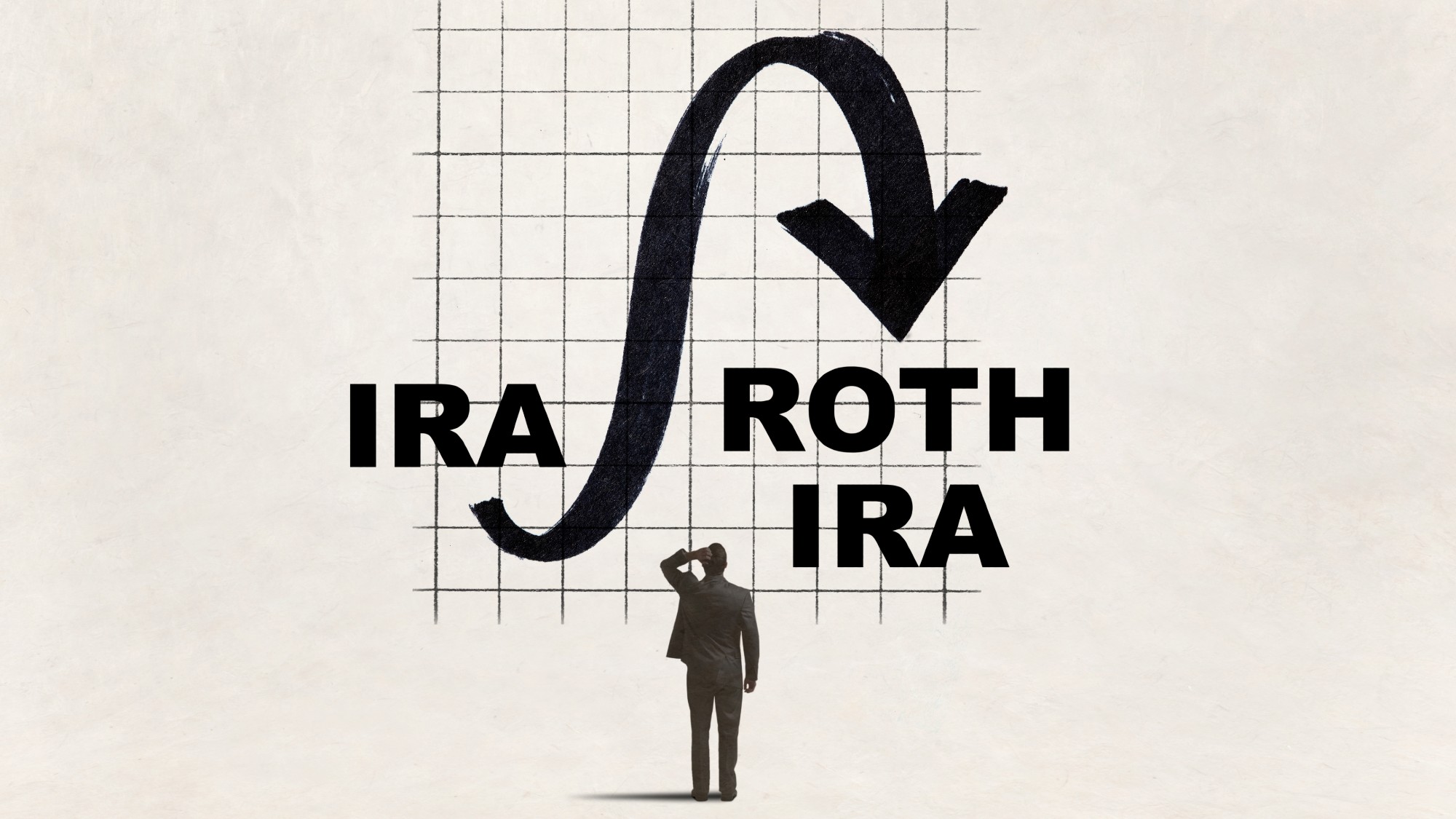Child trust funds explained as over £1.5 million remains unclaimed
HMRC data shows hundreds of thousands of young people have yet to claim money they are entitled to

More than £1.5 million is waiting to be claimed by young people who may not realise they are owed money from their child trust funds.
The previous Labour government established child trust funds as a way to get the younger generation saving, with accounts opened by the government on behalf of children born between September 2002 and January 2011.
But some parents may have “forgotten they have an account, or don’t know where it is”, said MoneyWeek.
The Week
Escape your echo chamber. Get the facts behind the news, plus analysis from multiple perspectives.

Sign up for The Week's Free Newsletters
From our morning news briefing to a weekly Good News Newsletter, get the best of The Week delivered directly to your inbox.
From our morning news briefing to a weekly Good News Newsletter, get the best of The Week delivered directly to your inbox.
With September “the most common birth month”, said HMRC, thousands of 18-year-olds may not realise they have just become eligible to claim their child trust fund savings pot. And it is those currently aged between 18 and 23 who could benefit.
What is a child trust fund?
Child trust funds were government-backed saving schemes opened with banks and building societies that helped parents “build a nest egg” for their children, said Metro.
The accounts were opened automatically by the government when a child was born, with £250 from the state, or £500 for low-income families. Parents could then top up the account.
Young people can take over the trust fund from age 16 and withdraw money once they turn 18.
A free daily email with the biggest news stories of the day – and the best features from TheWeek.com
With interest added, “most grow to be worth much more than when they were set up”, said The Independent. But many have forgotten about their account, or are unaware that it existed in the first place.
The latest HMRC data shows 758,000 18- to 23-year-olds have yet to claim their matured child trust fund, with an average of £2,242 unclaimed.
How to claim your child trust fund money
HMRC is urging parents and young people to contact their child trust fund provider and there is a Gov.UK locator tool if you are unsure about where the account was set up.
Submitting a request takes around five minutes, and you will need the account-holder’s National Insurance number and date of birth. It takes around three weeks to hear back.
HMRC confirmed more than 563,000 young people went online to find their child trust fund in the 12 months to the end of August 2025.
The taxman has also warned against using third parties to find child trust funds, said The Independent, as “in extreme cases” they have been known to charge £350 or even 25% of the account’s value.
What to do with your child trust fund cash?
Child trust funds no longer exist. They were replaced by Junior ISAs in 2011, which typically have “lower fees, better investment choices, or better interest rates”, said MoneyWeek.
So if the child in question is still under 18, the money can be transferred to a Junior ISA, providing the “same tax benefits”. You can save or invest up to £9,000 tax-free for your child each year, added the financial website, “with the money locked away until the age of 18”.
Once an account holder is 18, the child trust fund is converted into an adult ISA. It is then up to the holder how they choose to use the funds.
But do check “the alternatives available”, added Metro. Investigating the various options including Lifetime ISAs, other ISAs or traditional savings and investment accounts will help you decide what “works better for you”.
Marc Shoffman is an NCTJ-qualified award-winning freelance journalist, specialising in business, property and personal finance. He has a BA in multimedia journalism from Bournemouth University and a master’s in financial journalism from City University, London. His career began at FT Business trade publication Financial Adviser, during the 2008 banking crash. In 2013, he moved to MailOnline’s personal finance section This is Money, where he covered topics ranging from mortgages and pensions to investments and even a bit of Bitcoin. Since going freelance in 2016, his work has appeared in MoneyWeek, The Times, The Mail on Sunday and on the i news site.
-
 Women carrying Christmas
Women carrying ChristmasTalking Point As the Christmas frenzy ramps up, many mums feel the pressure of ‘keeping the whole sleigh on the road’
-
 Is Keir Starmer being hoodwinked by China?
Is Keir Starmer being hoodwinked by China?Today's Big Question PM’s attempt to separate politics and security from trade and business is ‘naïve’
-
 A peek inside Europe’s luxury new sleeper bus
A peek inside Europe’s luxury new sleeper busThe Week Recommends Overnight service with stops across Switzerland and the Netherlands promises a comfortable no-fly adventure
-
 Received a gift card this holiday season? Here’s how to maximize it.
Received a gift card this holiday season? Here’s how to maximize it.The Explainer Make the most of your present
-
 3 ways to reduce the cost of owning a car
3 ways to reduce the cost of owning a carthe explainer Despite the rising expense of auto insurance premiums and repairs, there are ways to save
-
 How to shop smarter with a grocery budget
How to shop smarter with a grocery budgetThe Explainer No more pushing your cart down the aisles on autopilot
-
 What are the pros and cons of a Roth conversion for retirement?
What are the pros and cons of a Roth conversion for retirement?Pros and Cons By converting a traditional IRA to a Roth IRA, retirees can skip paying taxes on their withdrawals
-
 4 often overlooked home maintenance tasks that could cost you later
4 often overlooked home maintenance tasks that could cost you laterThe Explainer A little upkeep now can save you money down the road
-
 What’s the best way to use your year-end bonus?
What’s the best way to use your year-end bonus?the explainer Pay down debt, add it to an emergency fund or put it toward retirement
-
 How can you tell if you are ready to retire?
How can you tell if you are ready to retire?the explainer All the preparation you need to sail off into your golden years
-
 How travel insurance through a credit card works
How travel insurance through a credit card worksThe explainer Use a card with built-in coverage to book your next trip